They don't play. When I say “they” I mean the real battalion of Hyundai engineers – geographically divided between South Korea (the brand's headquarters) and Germany (technical development center for the European market) – who embody Hyundai's offensive in technological terms.
Although geographically divided, these engineers are united in one purpose: to lead eco-technology in the automobile sector and to be the number 1 Asian brand in Europe by 2021. Remember here our interview with Lee Ki-Sang, one of the great strategists of this offensive. If you're interested in the future of the car, five minutes of reading will be well worth it.
Will you be able to achieve these goals? Only time will tell. But it has been such a committed bet that even the Volkswagen Group – through Audi – signed an agreement with Hyundai in order to have access to the Korean brand's Fuel Cell technology.
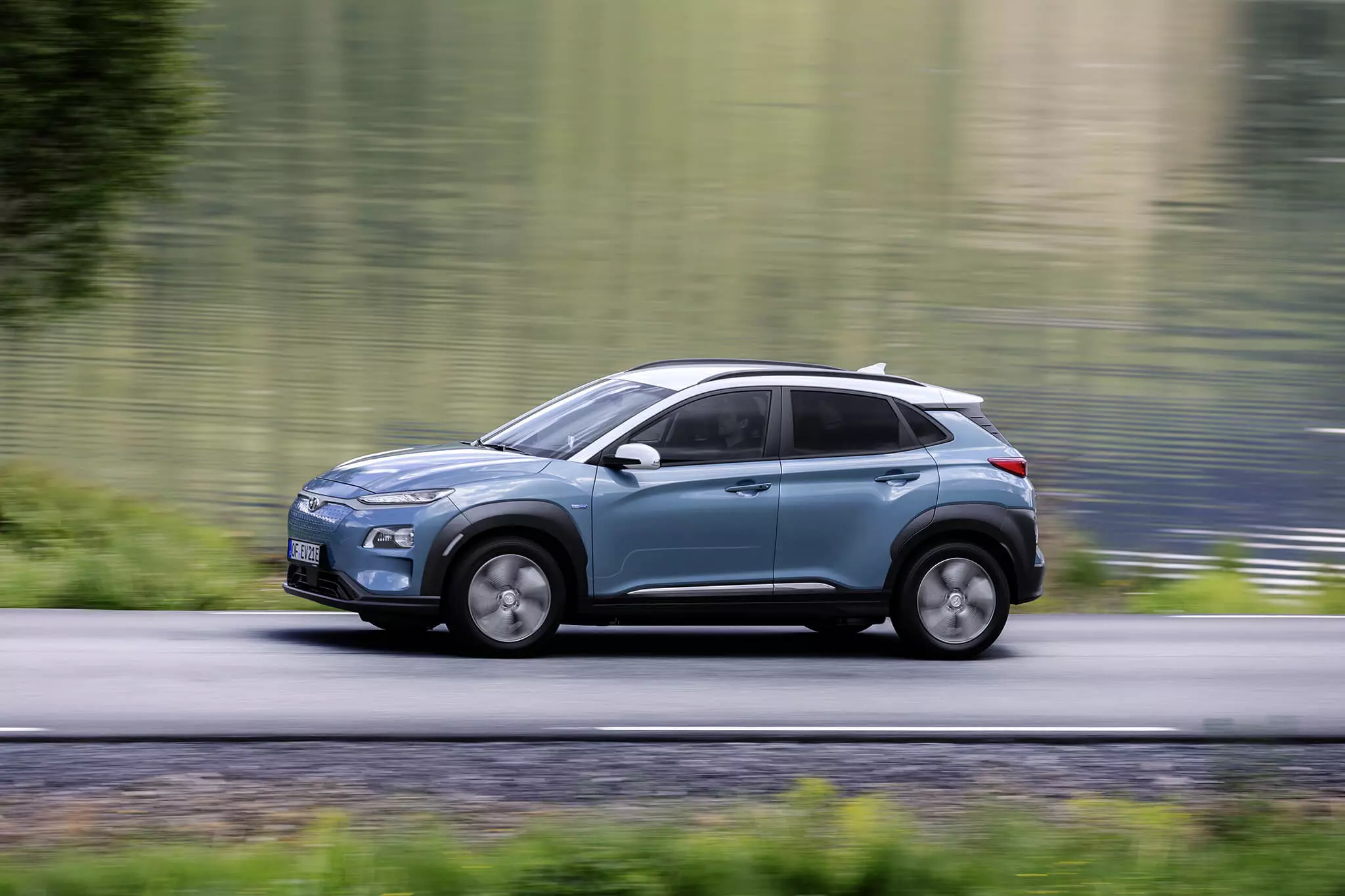
But if the future looms auspicious for the “Korean giant”, what about its present? The new Hyundai Kauai Electric it fits into that present. And we went to Oslo, Norway to test it out.
Hyundai Kauai Electric. Winning formula?
Apparently so. When I tested the Hyundai Kauai Electric in Oslo, last July, there weren't even prices for Portugal yet – now there are (see the price at the end of the article). Something that did not dissuade two dozen customers from signing their purchase intention with Hyundai Portugal right after the presentation of Kauai Electric at the Geneva Motor Show.In other markets, the scenario is identical, with the number of orders putting to the test the production capacity of the brand, which owns the largest car factory in the world.
That said, an interesting commercial career is approaching for Hyundai Kauai Electric, in line with what already happens with the versions of the Kauai equipped with a combustion engine.
So what's so appealing about Kauai Electric?
Let's start with the most visible face, the design. For the second round of launching electric models from the Korean brand – in the first round we had the Hyundai Ioniq as protagonist – Hyundai chose the SUV format.
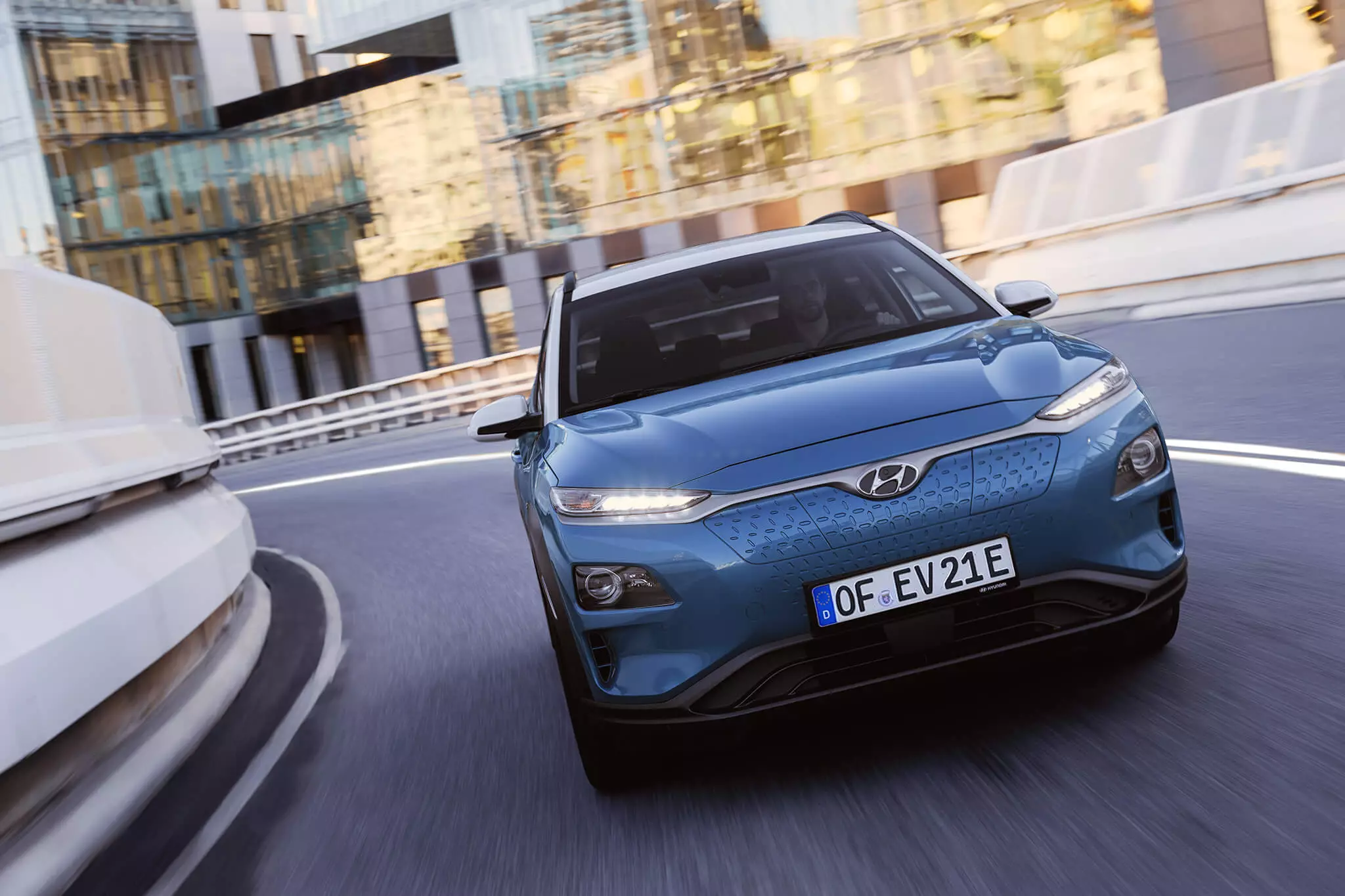
It was an almost obvious choice. The SUV segment is the fastest growing in Europe, and there is no forecast for a slowdown or reversal of this trend. Therefore, betting on an SUV bodywork is, from the outset, halfway to success.
The base is the same as the rest of the Hyundai Kauai, but there are some aesthetic differences. Particularly at the front, where we no longer have an open grille instead of a new “closed” solution, new special wheels and some more exclusive details of this Electric version (friezes, exclusive colors, etc.).
In terms of dimensions, compared to Kauai with a combustion engine, Kauai Electric is 1.5 cm longer and 2 cm taller (to accommodate the batteries). The wheelbase was maintained.
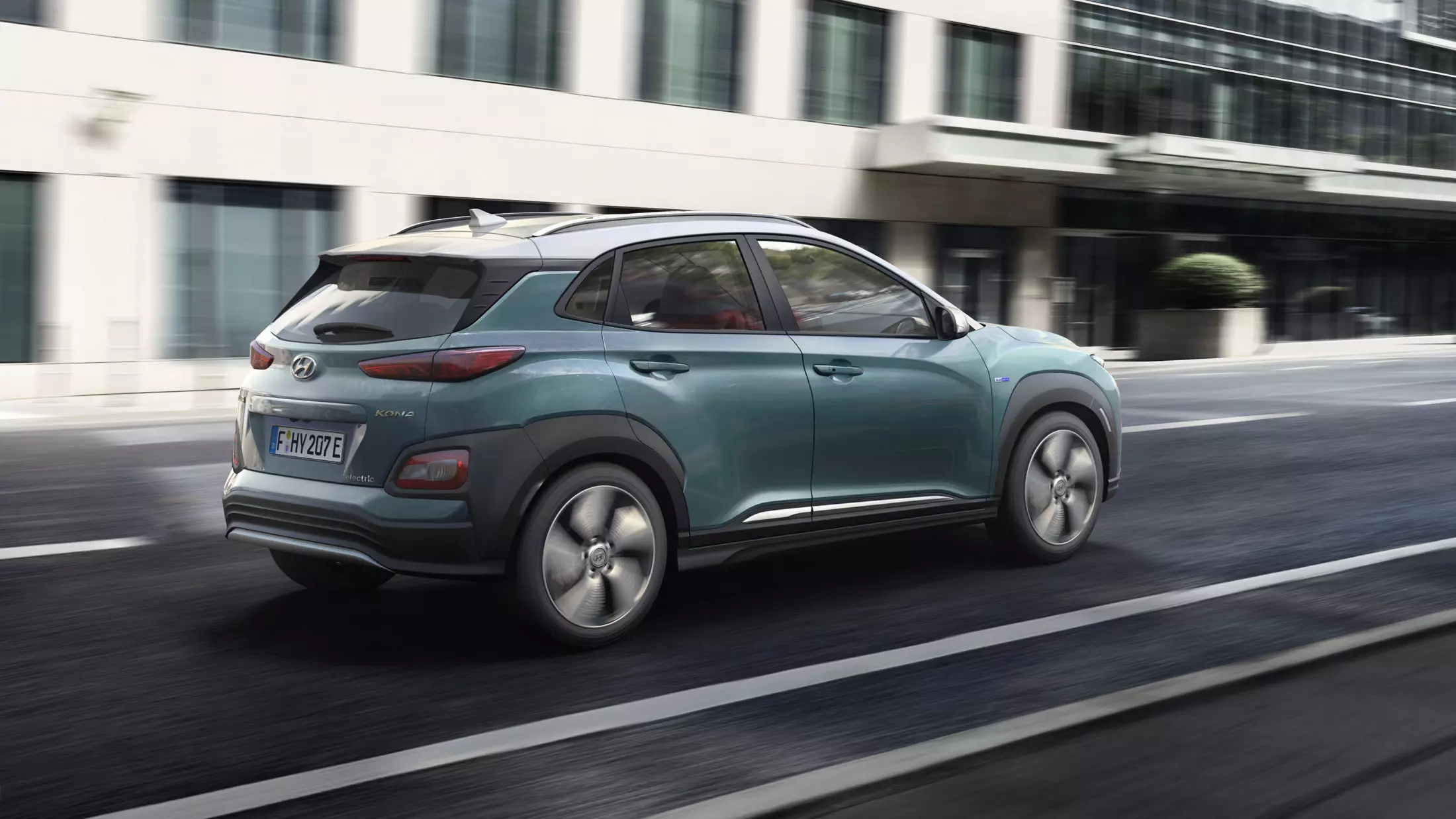
But what makes the Hyundai Kauai Electric so appealing is its datasheet. Equipped with a 64 kWh battery pack, this model announces a total autonomy of 482 km – already in accordance with the new WLTP standard. According to the NEDC regulations still in force, this figure is 546 km.
These are the batteries that feed a single permanent magnet synchronous motor, mounted on the front axle, capable of developing 204 hp of power (150 kW) and 395 Nm of maximum torque. Due to these numbers, the Hyundai Kauai Electric offers accelerations worthy of a small sports car: the 0-100 km/h are completed in just 7.6s . Top speed is limited to 167 km/h to conserve battery life.
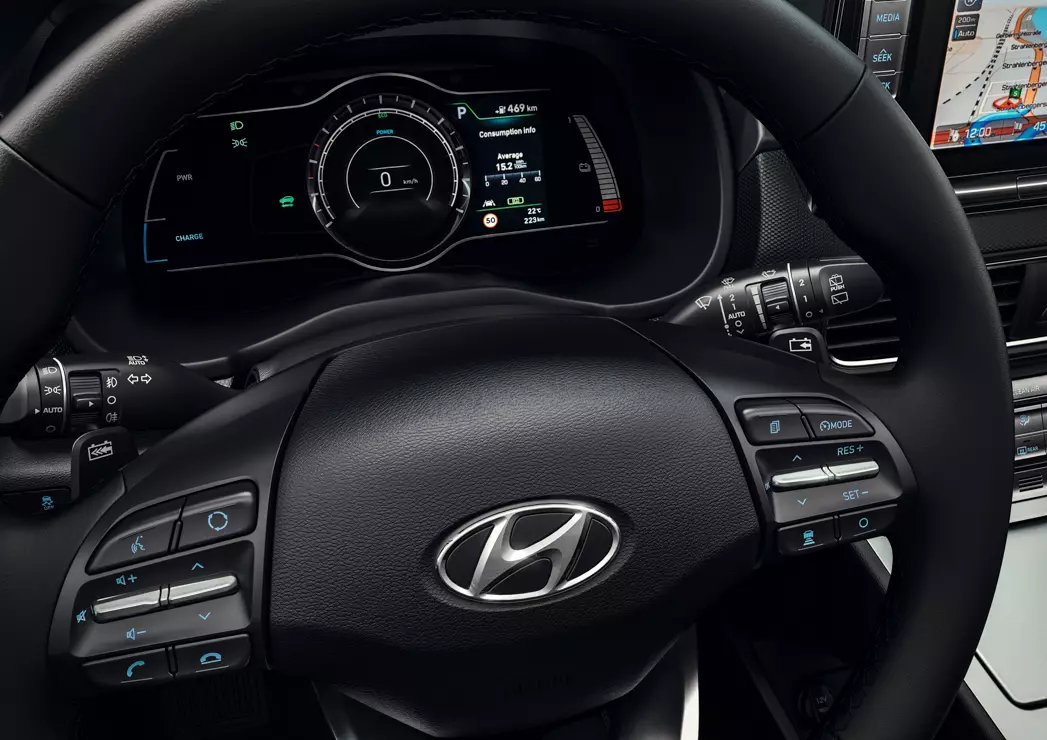
In terms of charging speed, Hyundai Kauai Electric can charge in AC up to 7.2kWh and in DC up to 100kWh. The first allows you to charge the entire battery pack in about 9h35min, while the second guarantees 80% charge in less than an hour.
Hyundai's secret for this charging speed is explained by the adoption of an autonomous liquid cooling circuit, 100% dedicated to the batteries. Thanks to this circuit, the batteries always maintain a stable temperature, with clear benefits in terms of charging time and performance. During more than an hour of driving I had the opportunity to put the entire electrical system to the test at little… “normal” rhythms and I didn't feel any loss of performance.
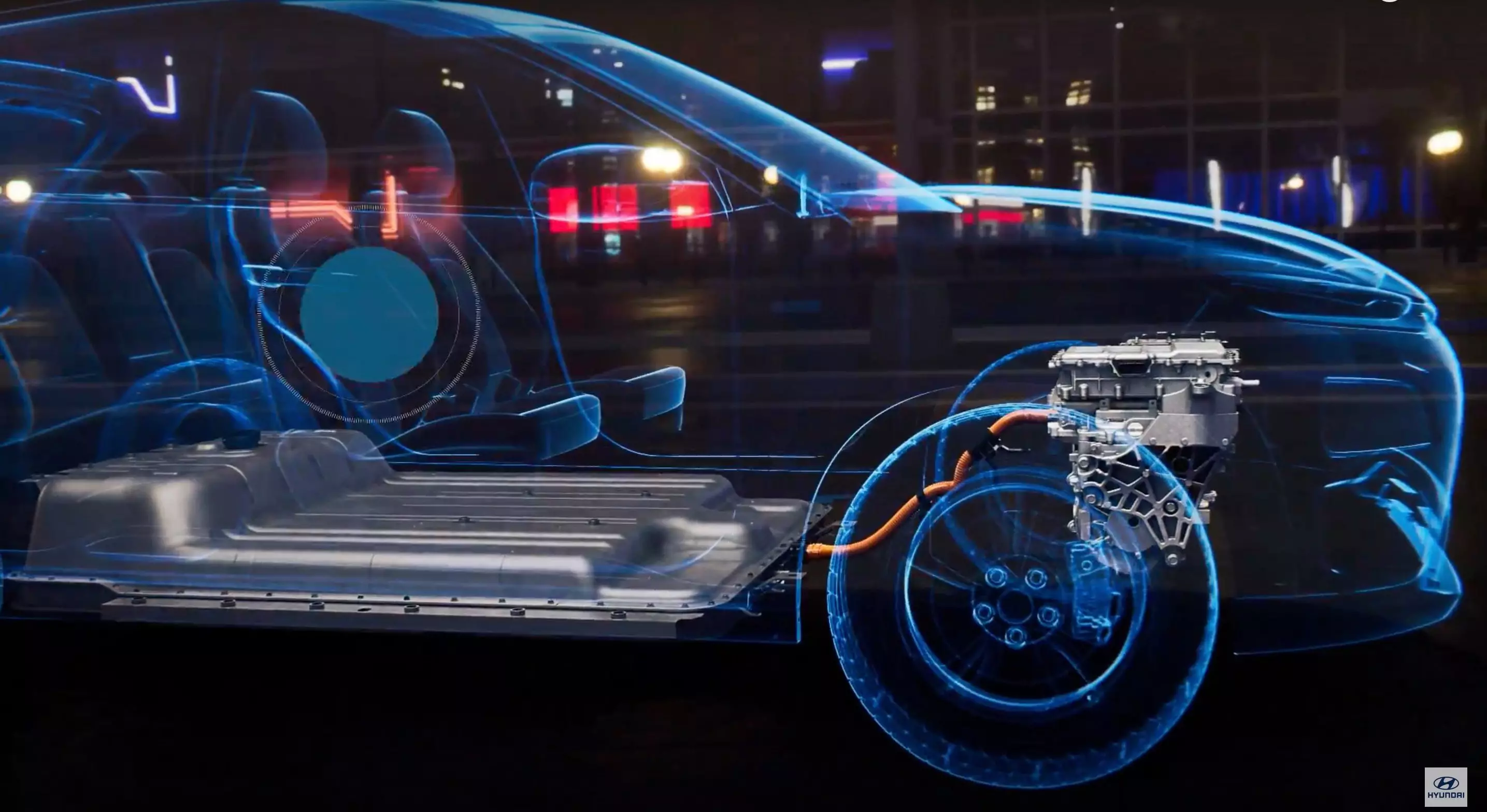
Interior of Kauai Electric
Inside, Hyundai has wrought a small revolution on Kauai. The center console received a new, more stylized design, where a new floating platform stands out, and where we can find the controls to select the gear (P,N,D,R) and some more comfort equipment (heating and ventilation of the seats for example).
The quadrant also gained new features, namely a seven-inch digital display, similar to what we already know from the Hyundai Ioniq. In terms of quality of materials and assembly, the Hyundai Kauai Electric is at the level that Hyundai has been used to.
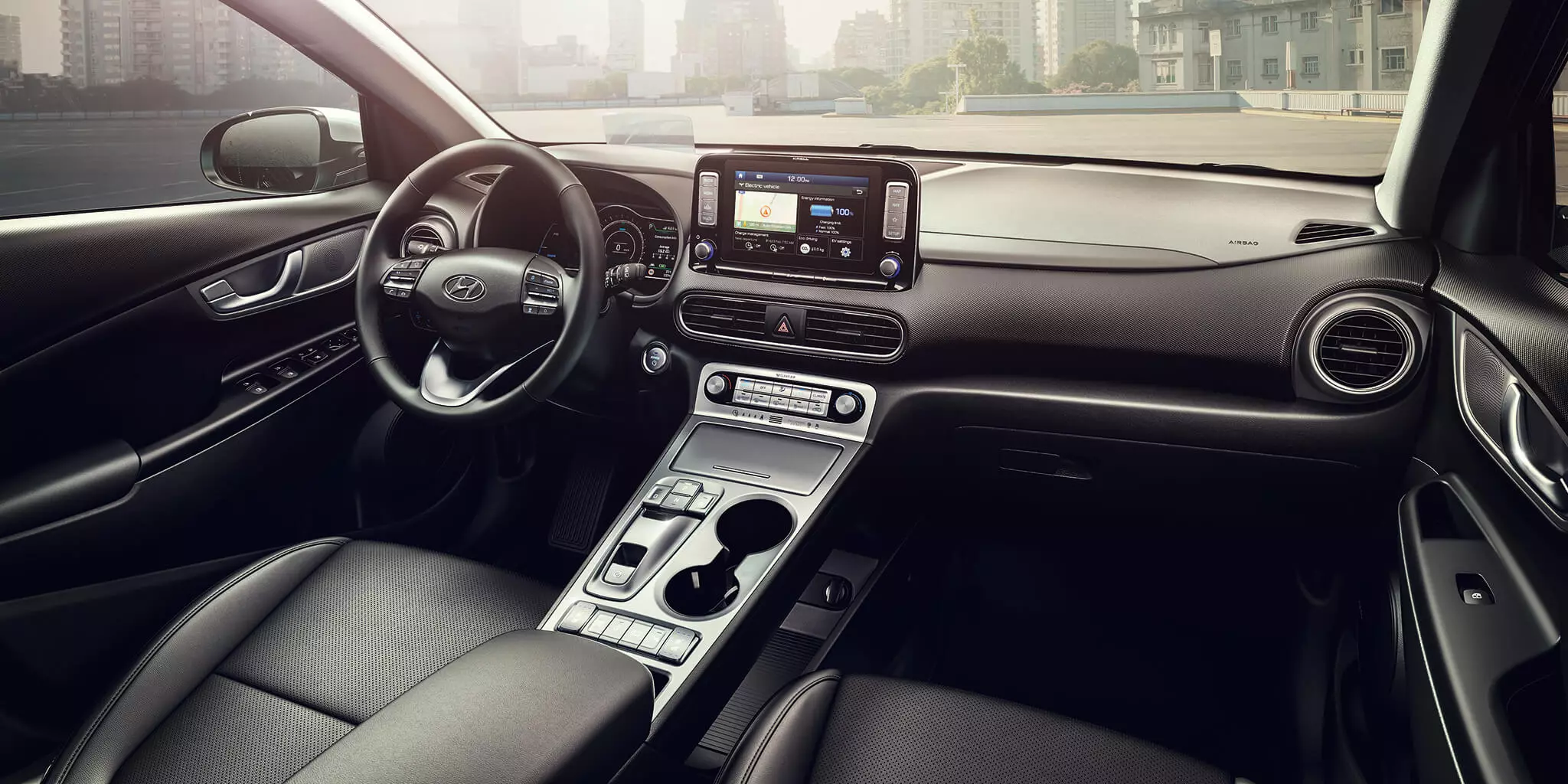
Where Kauai Electric distances itself most from its siblings is in terms of acoustic comfort. The sound insulation work has been done very well, and even at higher speeds we are not bothered by aerodynamic noises. The silence of the electric motor clearly gains an advantage over conventional engines.
Interior image gallery. Swipe:
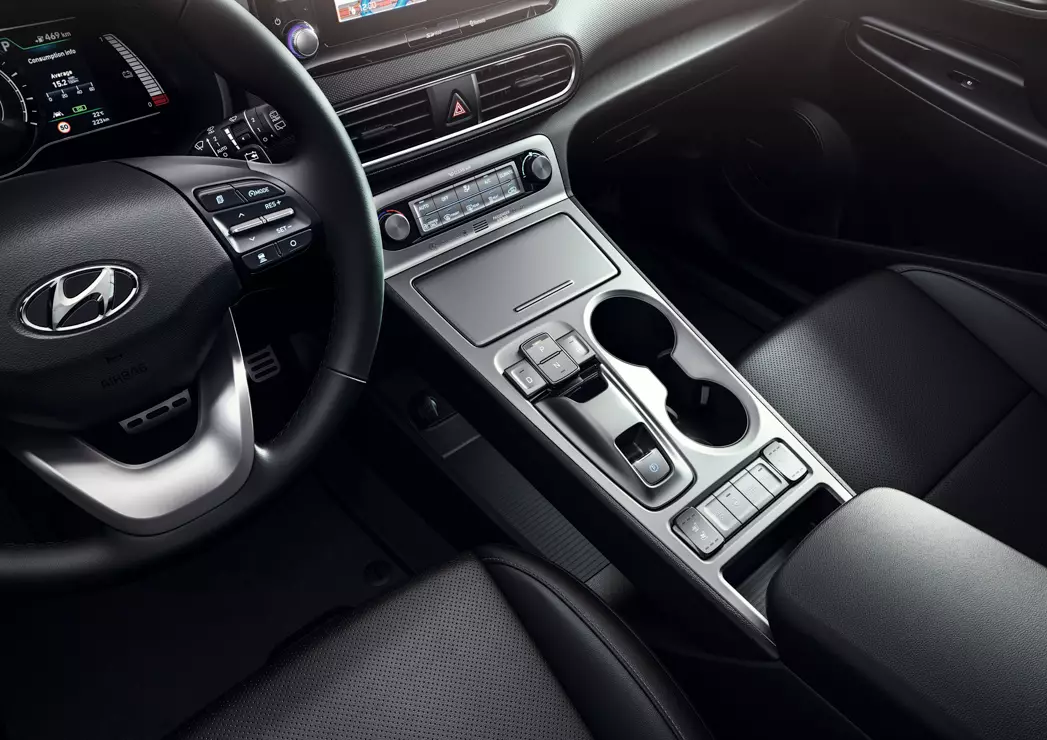
Feelings behind the wheel of the Kauai Electric
In terms of comfort, Norway's pristine roads weren't challenging enough to put to the test the correctness of suspensions on disrepair.
The few times I managed to do it (I deliberately aimed at some holes) the sensations were good, but on this aspect I prefer to wait for a longer contact on national roads. In this regard, Portugal has a clear advantage over Norway…
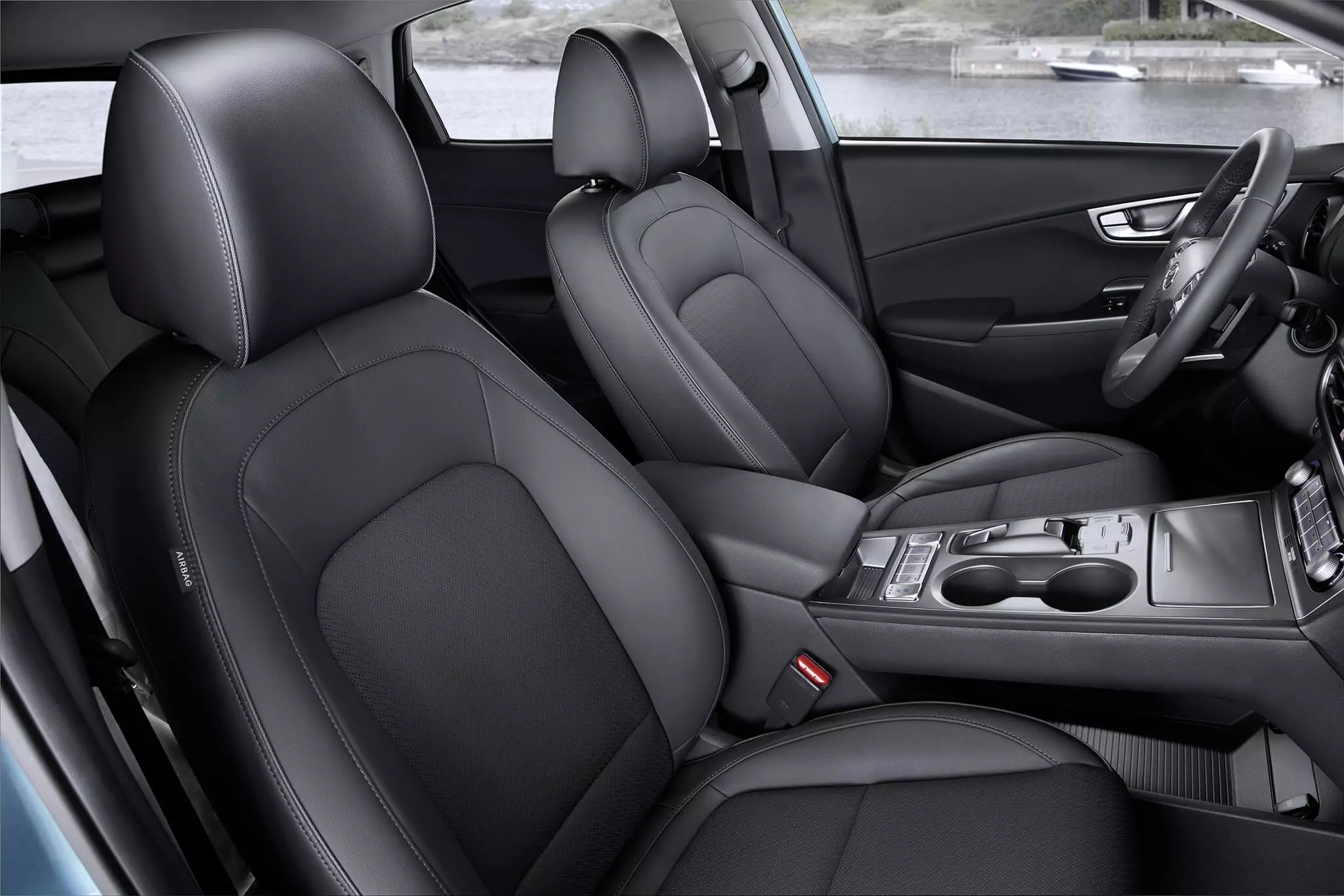
In dynamic terms, there are no doubts. The Hyundai Kauai Electric behaves correctly and safely, even when we abuse the pace and momentum we carry into the curve.
Don't expect curved speeds worthy of a sports car, because the low-friction tires don't allow it, but the rest of the group always responds to the height of events.
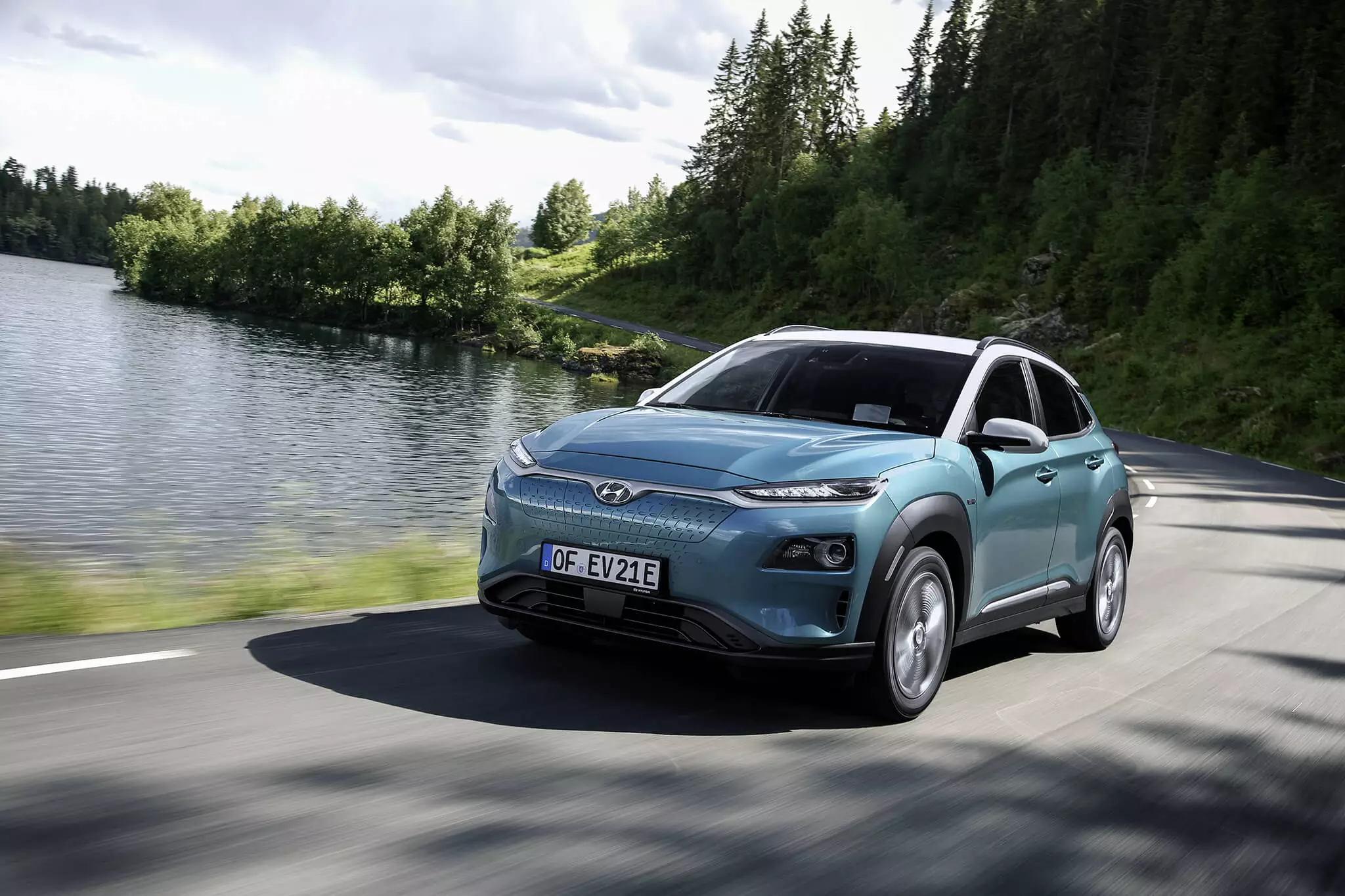
I've said it before, and I say it again. One of the great qualities of the Hyundai Kauai is its chassis. It is noticed by the way it “treads” the road that it is a chassis of a higher segment, or we were not in the presence of a rolling base based on the K2 platform (the same as the Hyundai Elantra/i30). A compliment that goes with the entire Hyundai Kauai range.
Engine response. Maximum load!
With almost 400 Nm of instantaneous torque and over 200 hp delivered to the front axle alone, I decided to turn off the traction control and make a deep start. Something that goes completely against the philosophy of this model.
Result? From 0 to 80 km/h the wheels were always slipping.
As I write this, as you might guess, I have a malevolent smile on my face. Power delivery is so immediate that the tires simply throw the towel to the ground. As I look into the rearview mirror, I see the black marks of the tires on the asphalt, over the long distance of tens of meters, and I smile again.
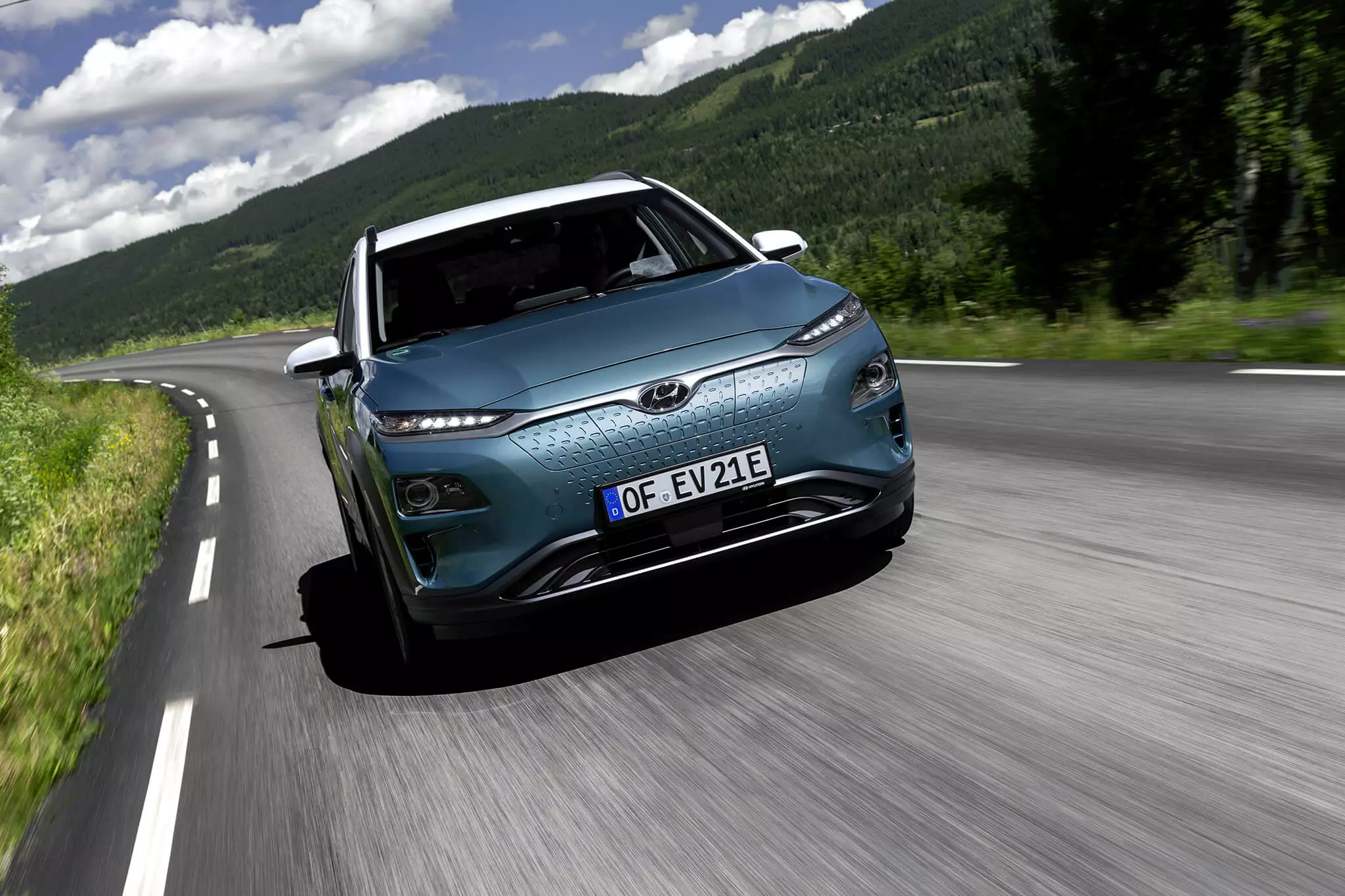
Very soon, we are going to release a video on Razão Automóvel's YouTube channel behind the wheel of the Kauai Electric, where some of those moments were recorded. Subscribe to our channel to receive notification as soon as we put the video online.
After the party, I turned on all the electronic aids and got back to having a civilized SUV with a very available engine, which makes any overtaking in no time. In terms of driving aids, this model has nothing missing: blind spot detection, lane maintenance assistant, adaptive cruise control, automatic parking, emergency automatic braking, driver fatigue alert, etc.
As for autonomy, the actual capacity of the Hyundai Kauai Electric should not be far from the advertised capacity. The 482 km of autonomy didn't seem difficult to achieve on a daily basis. In a calm tone, without major concerns, I was not far from the 14.3 kWh/100km advertised by the brand.
Kauai Electric Price in Portugal
In Portugal, Kauai Electric will only be available in the version with a 64 kWh battery pack. There is a less powerful version with less autonomy, but that will not reach our market.
The Hyundai Kauai Electric arrives in Portugal at the end of this summer, with a price of 43 500 euros . We still don't know exactly what the equipment level will be, but judging by the rest of the Hyundai range, it will be very complete. As an example, the Hyundai Ioniq Electric offers practically everything as standard.
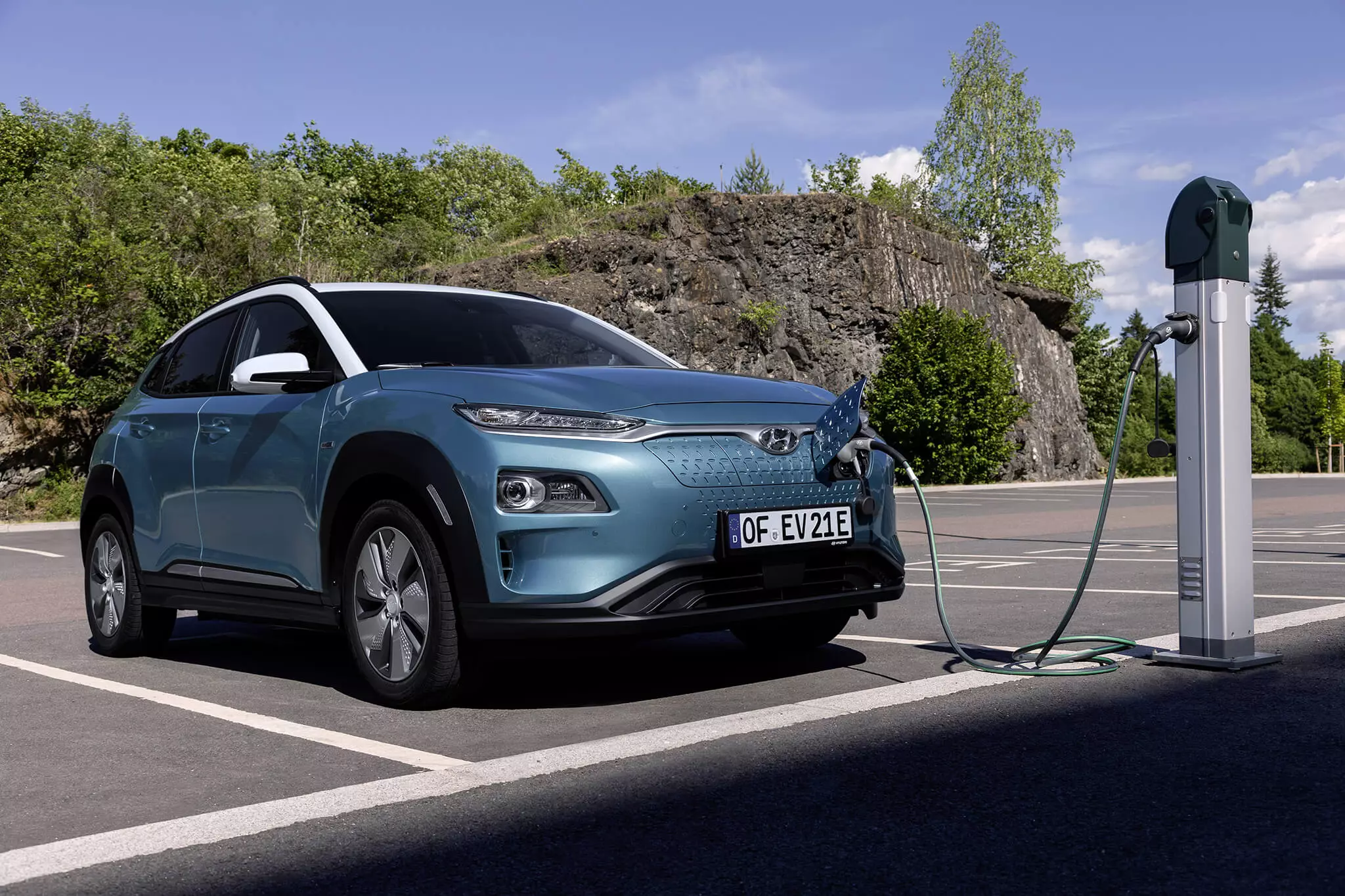
Compared to its direct rivals, with the Nissan Leaf at its head, the Japanese model has a base price of 34,500 euros, but offers less range (270 km WLTP), less power (150 hp) and predictably less equipment.
Buying an electric is increasingly an interesting business. Not long ago it wasn't…
